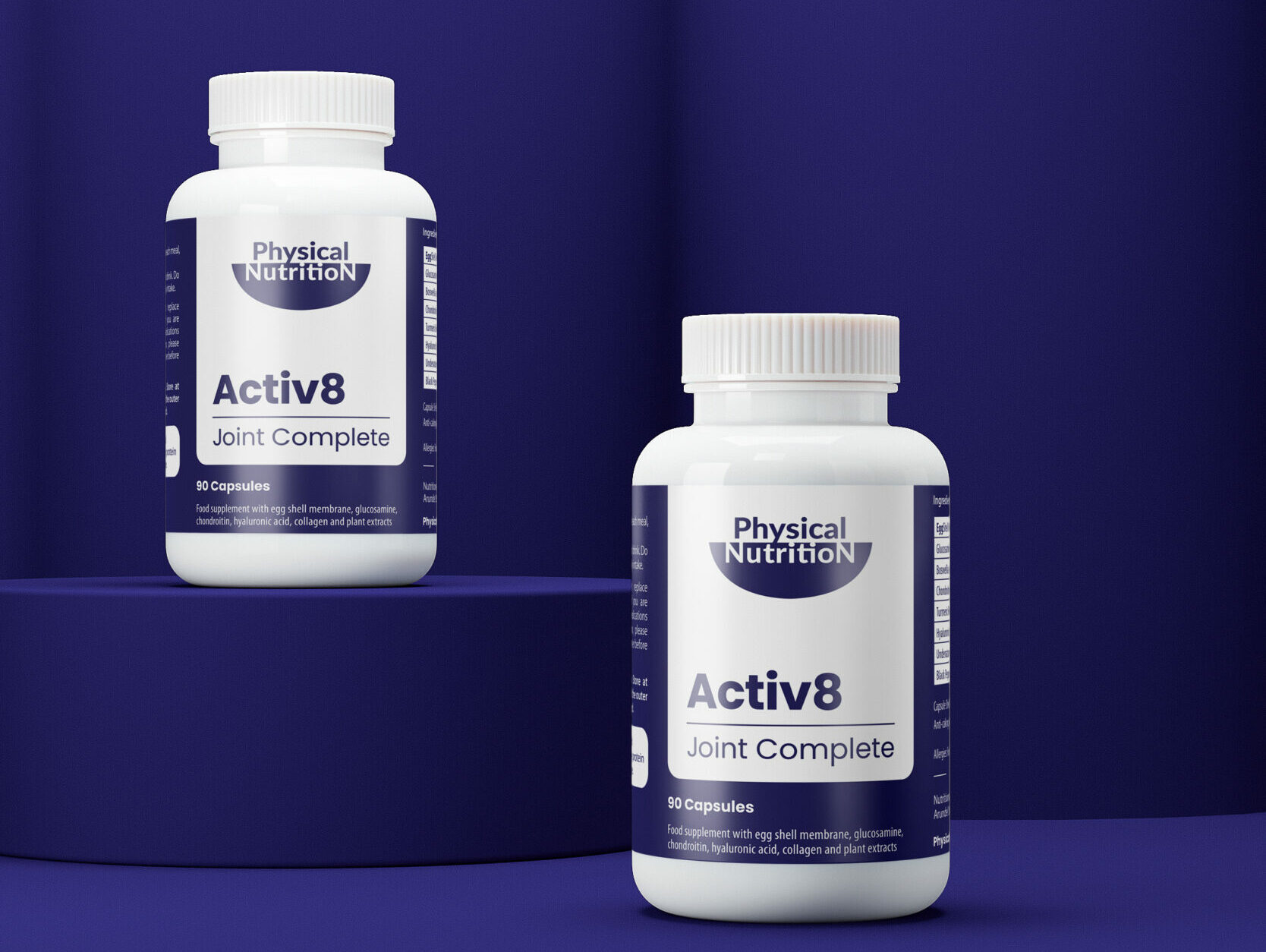Activ8 is a powerful formula, supporting normal joint function, mobility, and flexibility.
Packed with eight clinically proven ingredients, it’s your key to active, healthy joints.
But there’s still a lot you can do to help boost your Activ8’s results, alongside your daily capsules.
So here are Paul’s 3 easy, top tips. To help you enjoy being active and independent for years to come…
The Surprising Power of Habits
Start by taking your three daily capsules of Activ8 Joint Complete daily.
We suggest taking Activ8 around the same time every day. This will make it easier for you to remember and help form a consistent habit.
Keeping the bottle by your bedside, near your toothbrush, or on the kitchen counter can also serve as a daily reminder.
You see, it’s important to create a consistent routine. To help you stick to it…
So you can see the best results possible.
The Truth About Exercise
Regular physical activity is essential for joint health.
Even minimal activity can help keep your joints flexible and agile. So we suggest gentle walking, swimming, or yoga, if you can.
Don’t forget to make sure you listen to your body and don’t overexert yourself.
Helping your joints feel stronger and more flexible over time. So that walk up the hill or the stairs climb won’t feel so daunting.
And if you’d like to find out more about the best exercises for your joints, have a look at this blog post.
Try Some Extra “Joint Defenders”
As you know, Activ8 is packed with 8 powerful “joint defenders”… Including curcumin, eggshell membrane and type II collagen.
But this doesn’t mean you can’t also boost your results, by adding some of these defenders to your diet as well.
In fact, what you eat is crucial to your joint health.
As the right nutrients can give extra support to your ligaments, joints and muscles. “Cushioning” your joints from further damage and inflammation.
That’s why we suggest foods rich in omega-3 fatty acids, antioxidants, and vitamins.
So think of fatty fish, like salmon and mackerel, nuts, seeds, leafy greens, and berries rich in vitamin C.
Your Journey to Healthy Joints
Optimising joint health is a journey involving more than just taking your daily supplements.
Small changes in your daily routine, diet, and exercise can have a significant impact…
So you can boost your results and maintain a healthy, active lifestyle for a long time to come.
Without joint pain holding you back from the things you love.
You see, thousands have already seen amazing results with Activ8 Joint Complete. And you’ll be there too with time…
.
.
.
.
________________________________________________________________________________
Sources:
ncbi.nlm.nih.gov/pmc/articles/PMC5664031/
pubmed.ncbi.nlm.nih.gov/24153020/
health.harvard.edu/nutrition/an-anti-inflammatory-diet-may-be-good-for-your-joints
pubmed.ncbi.nlm.nih.gov/26582822/








